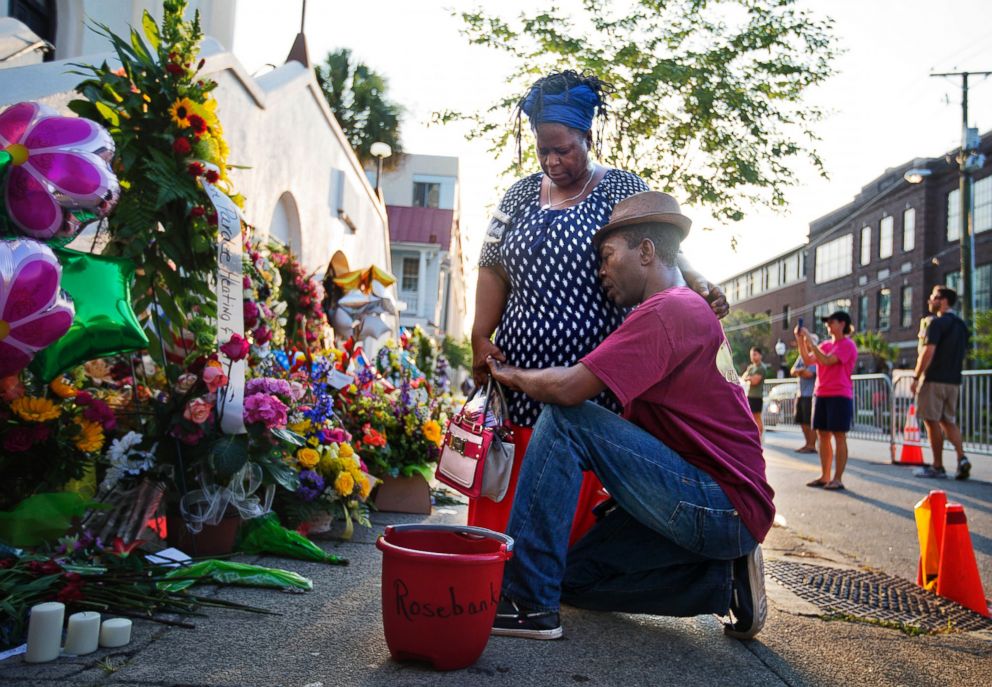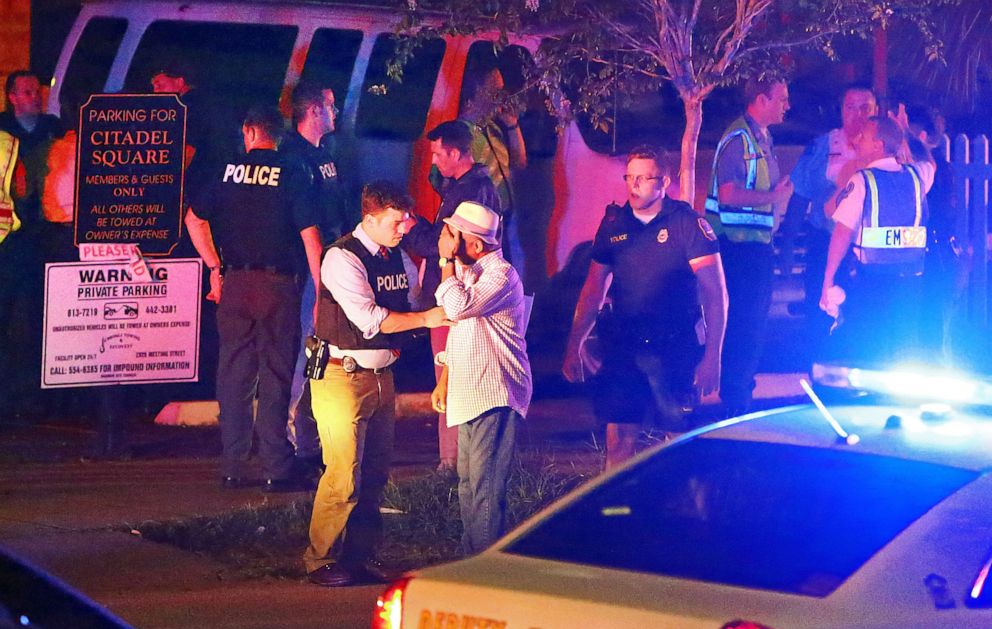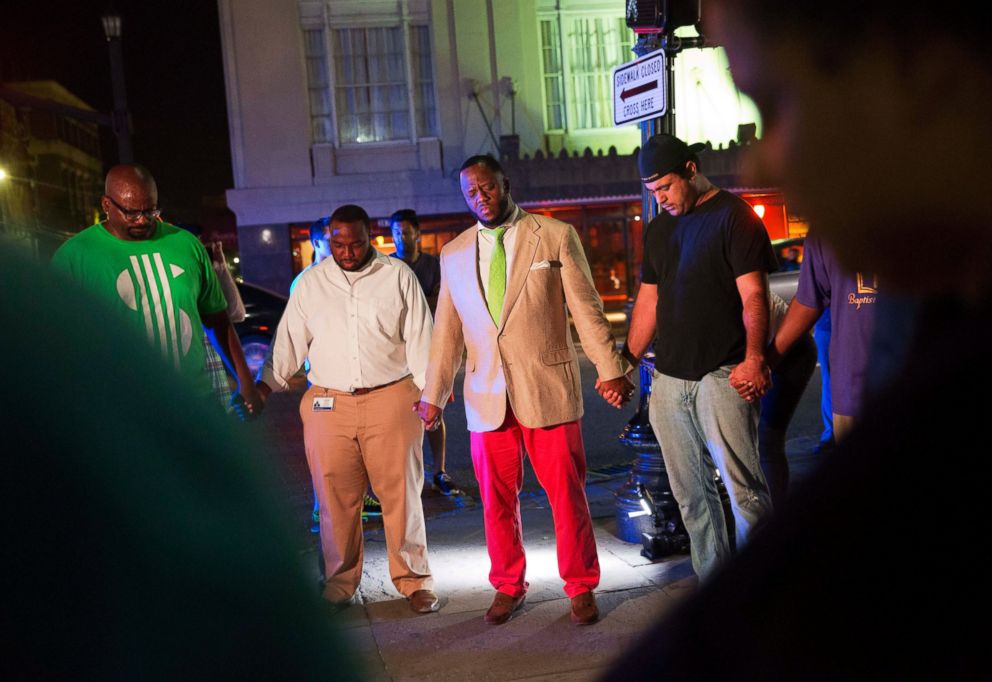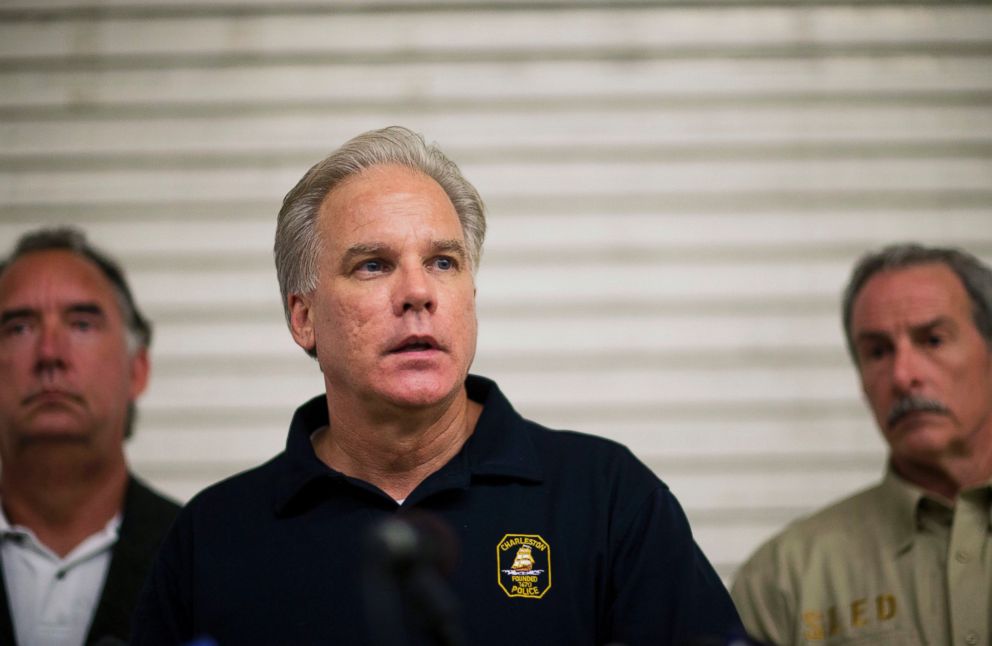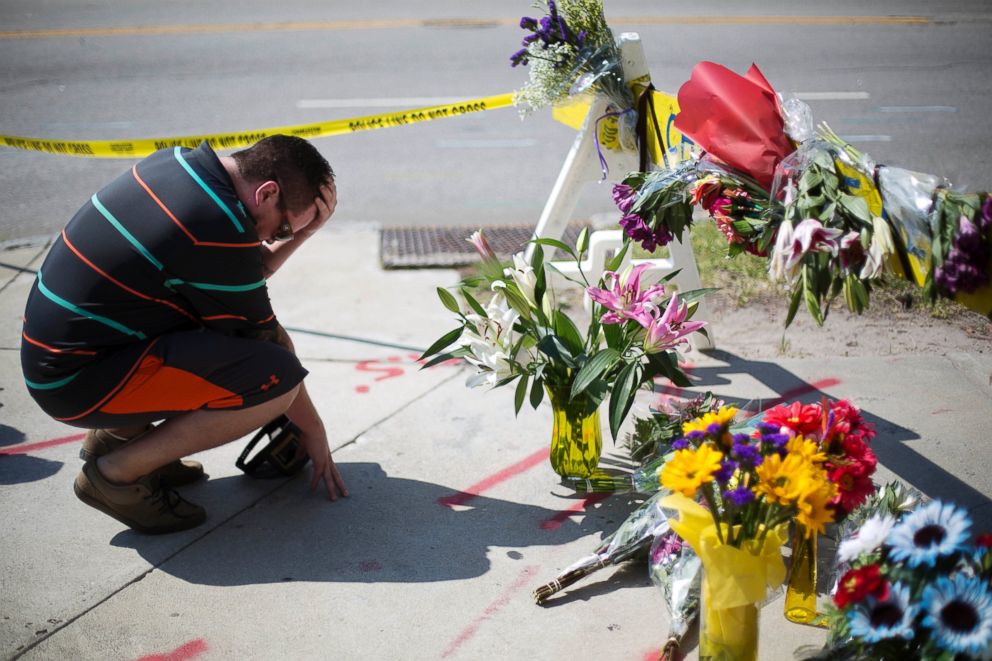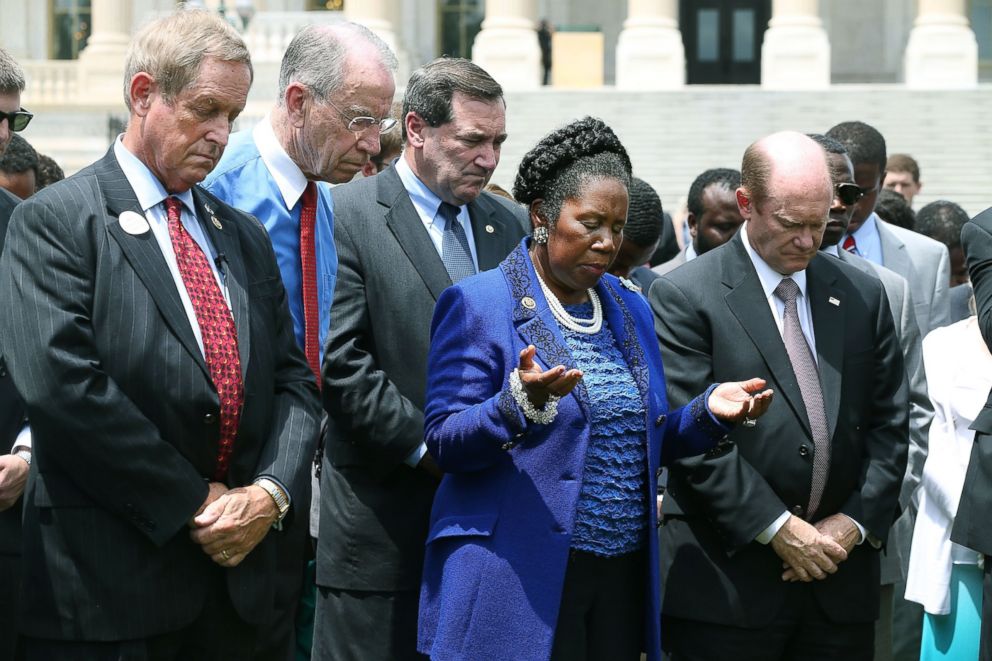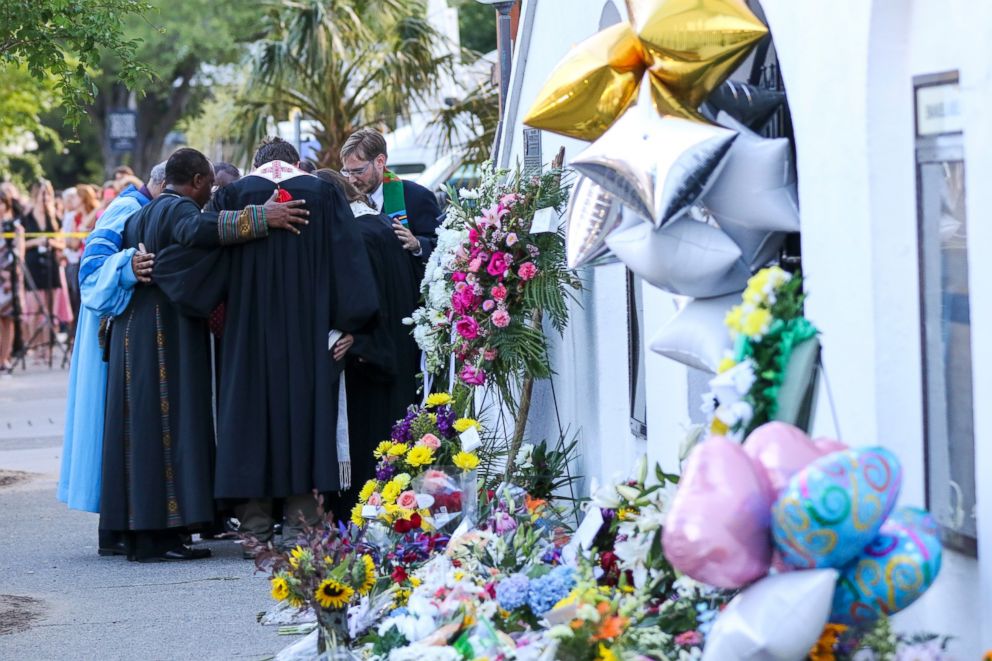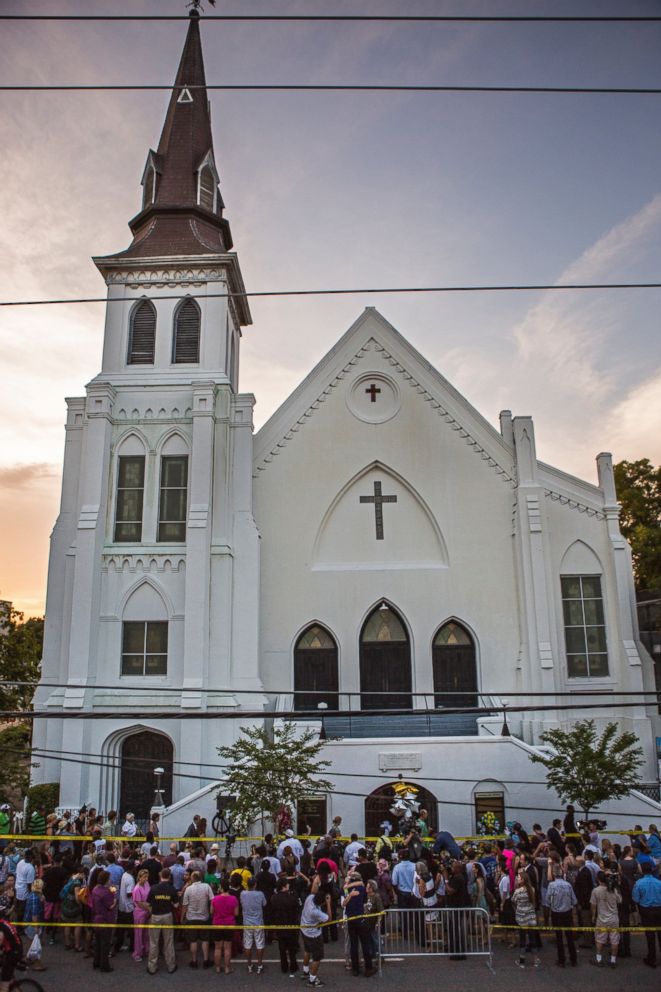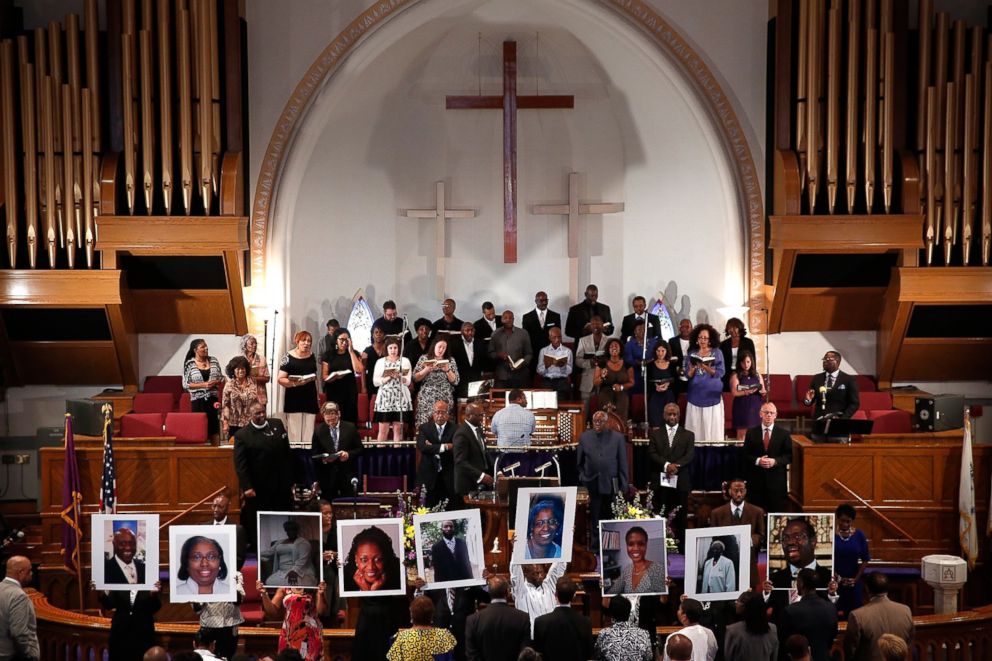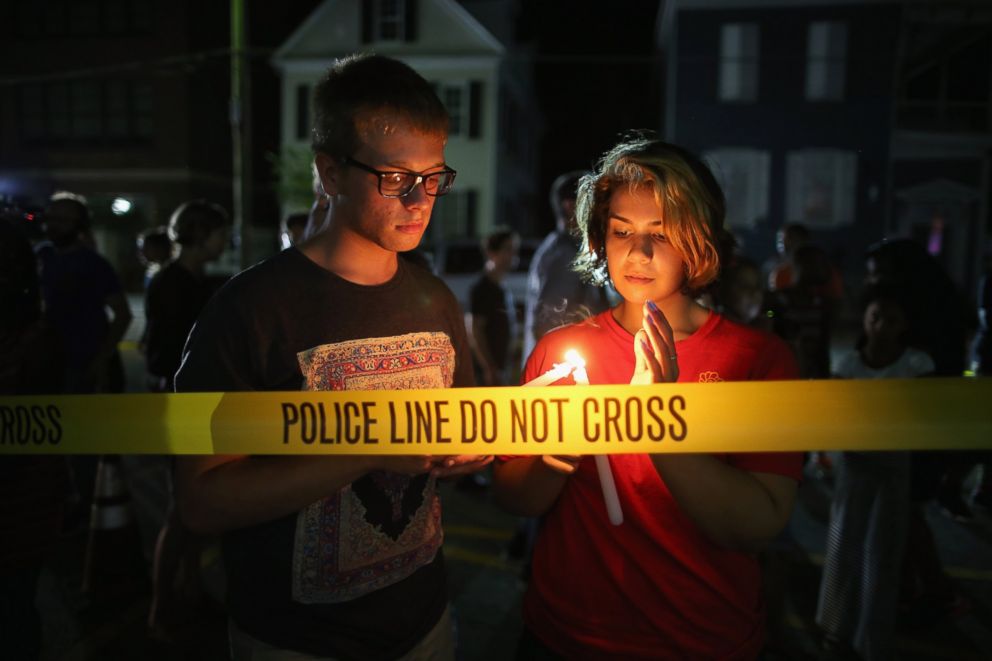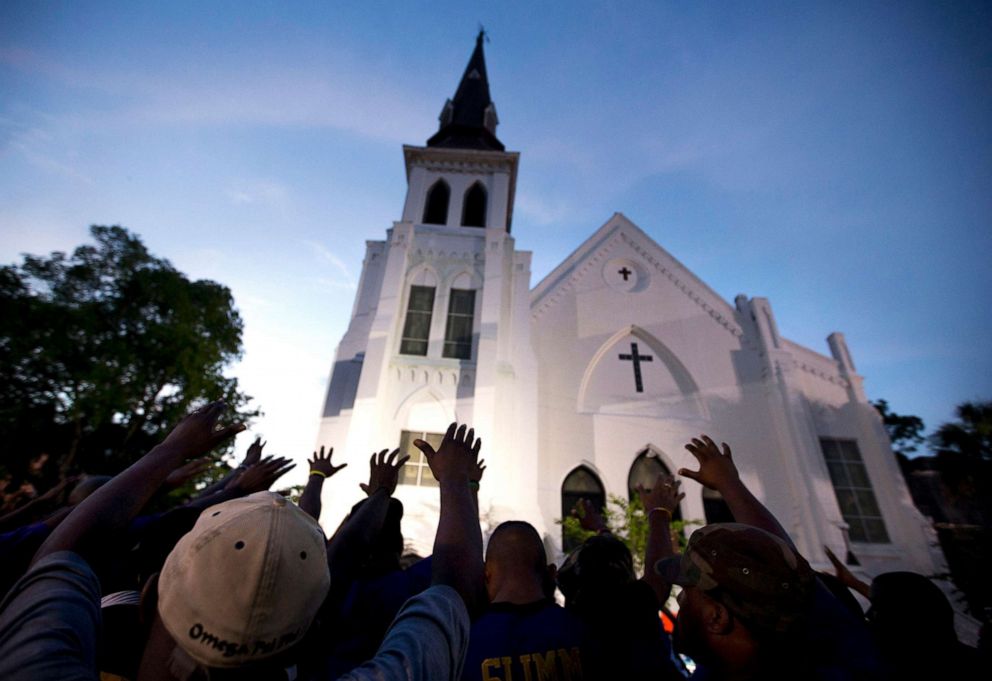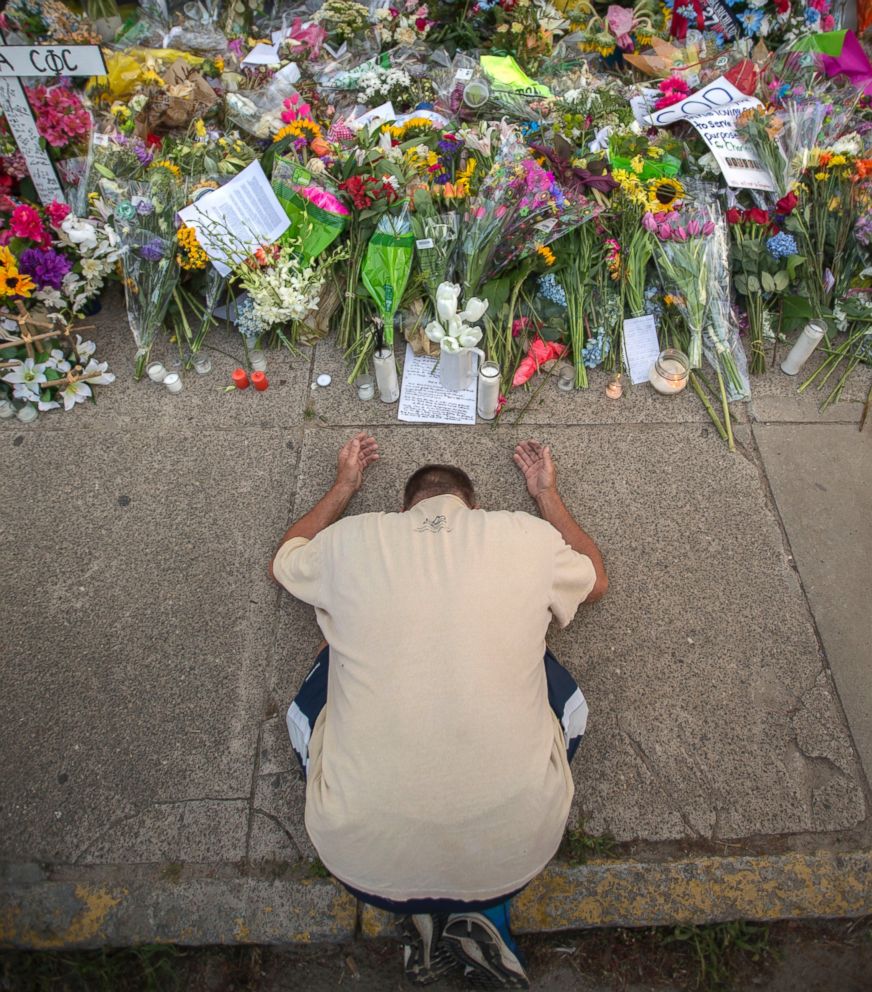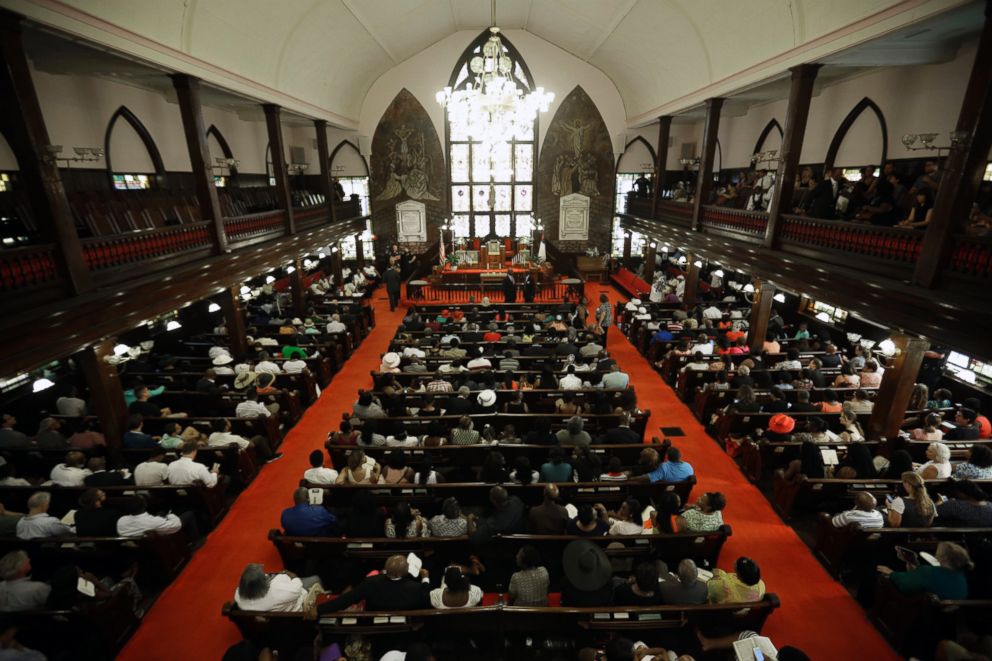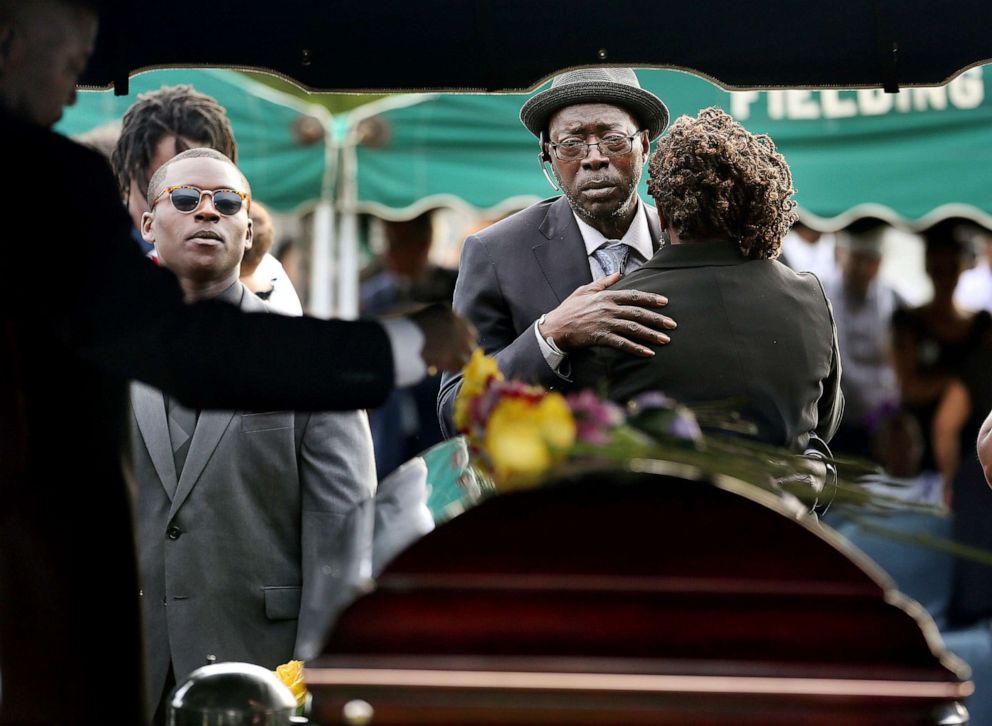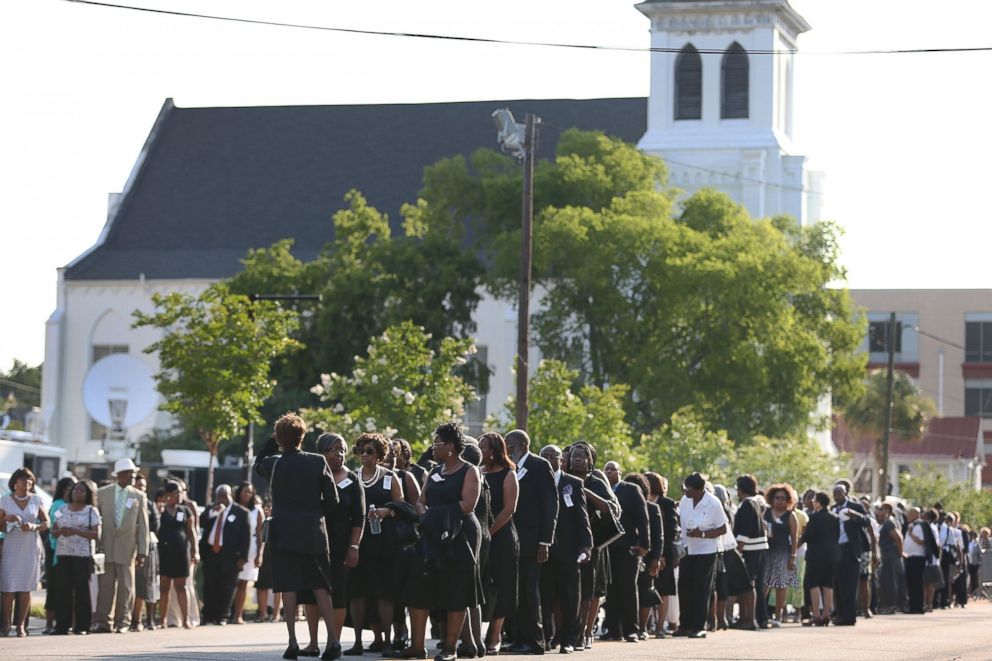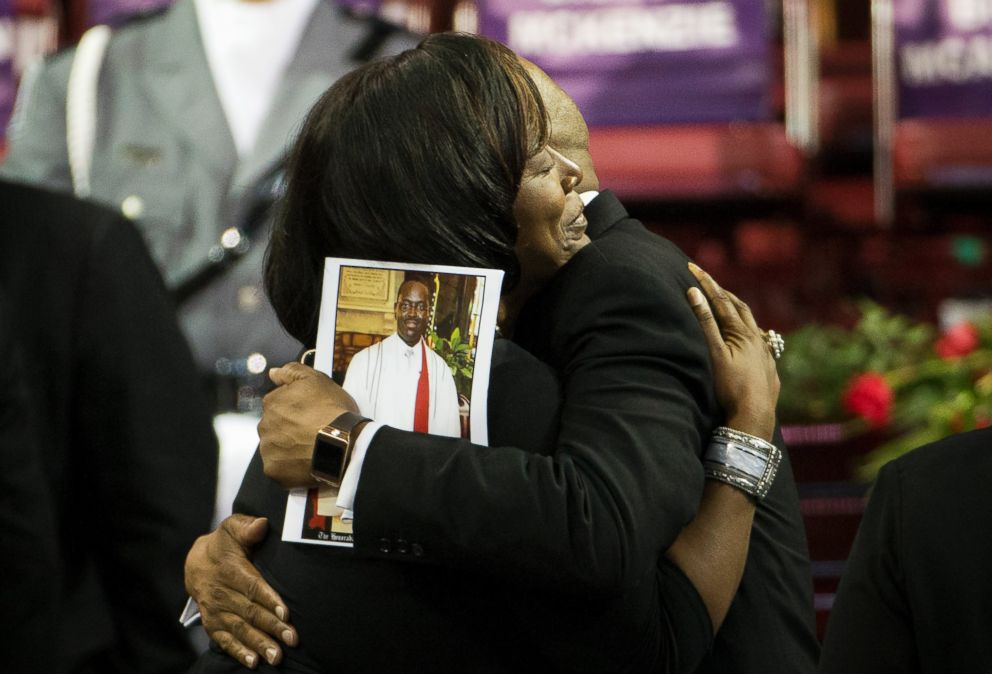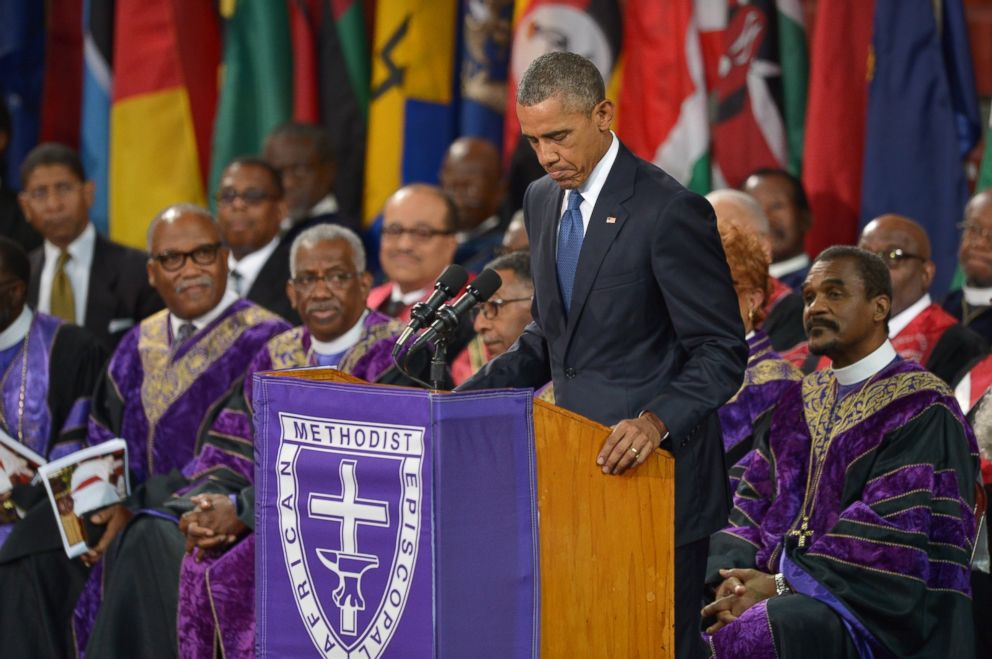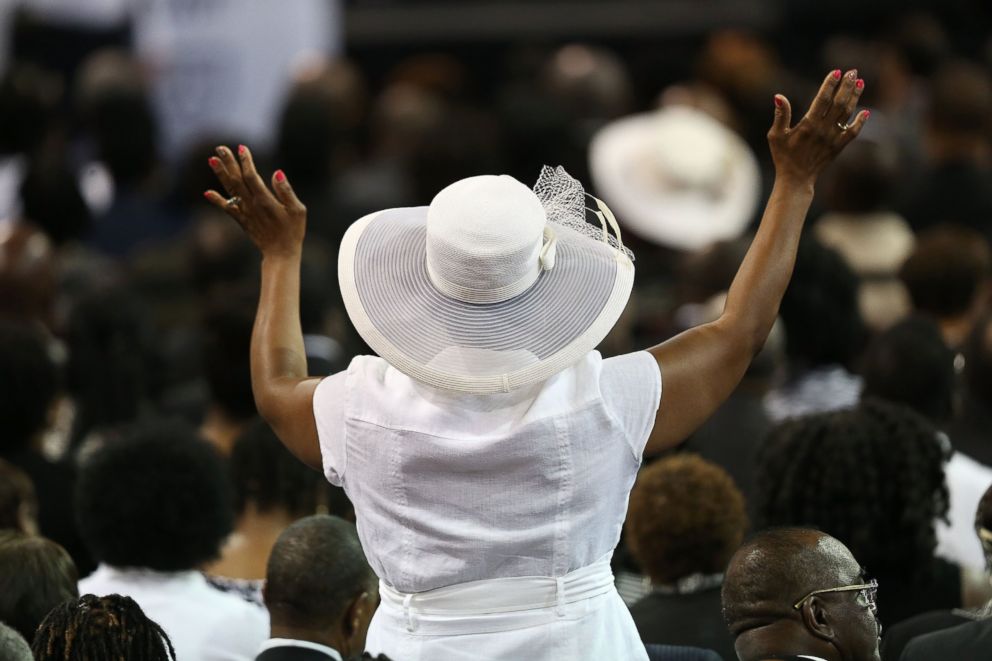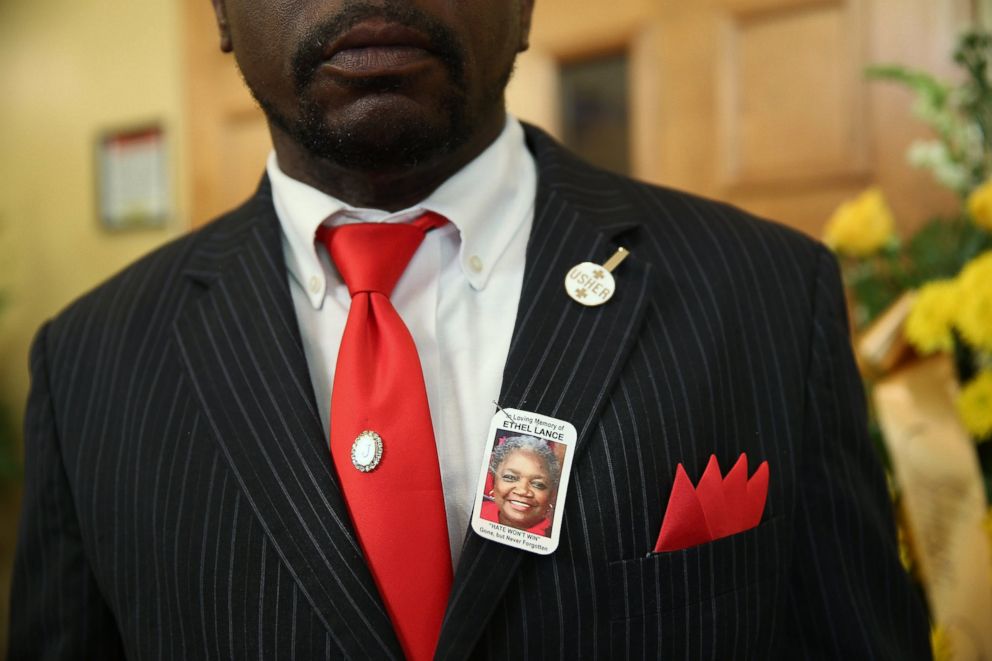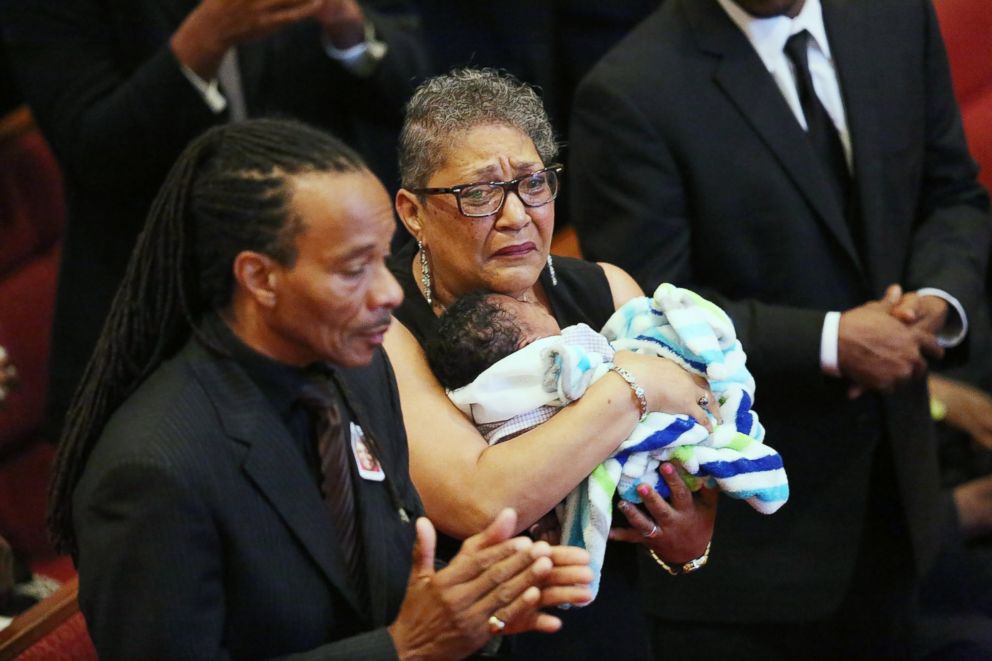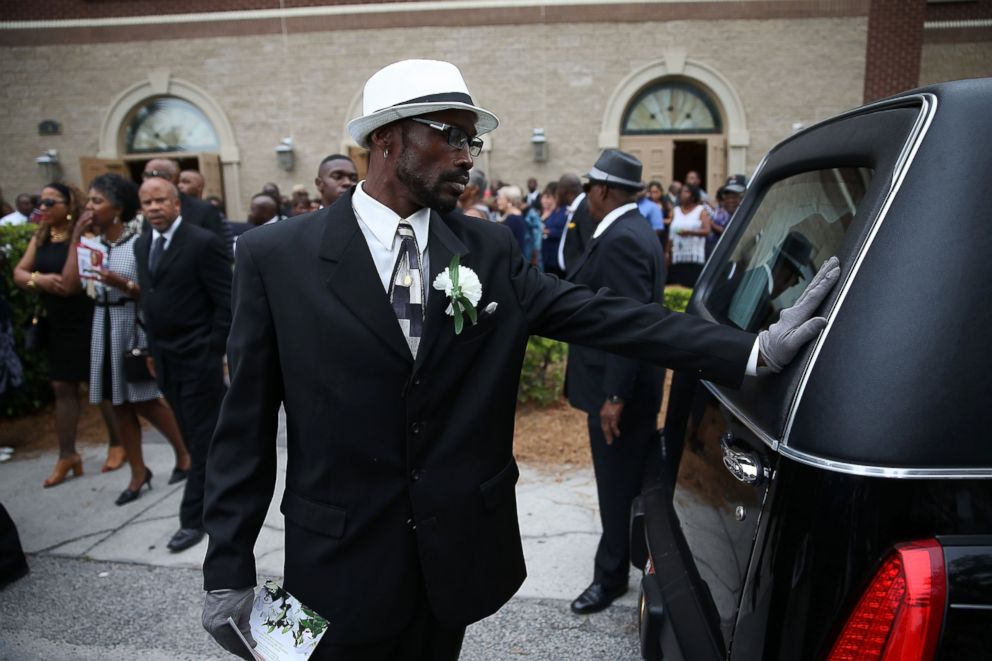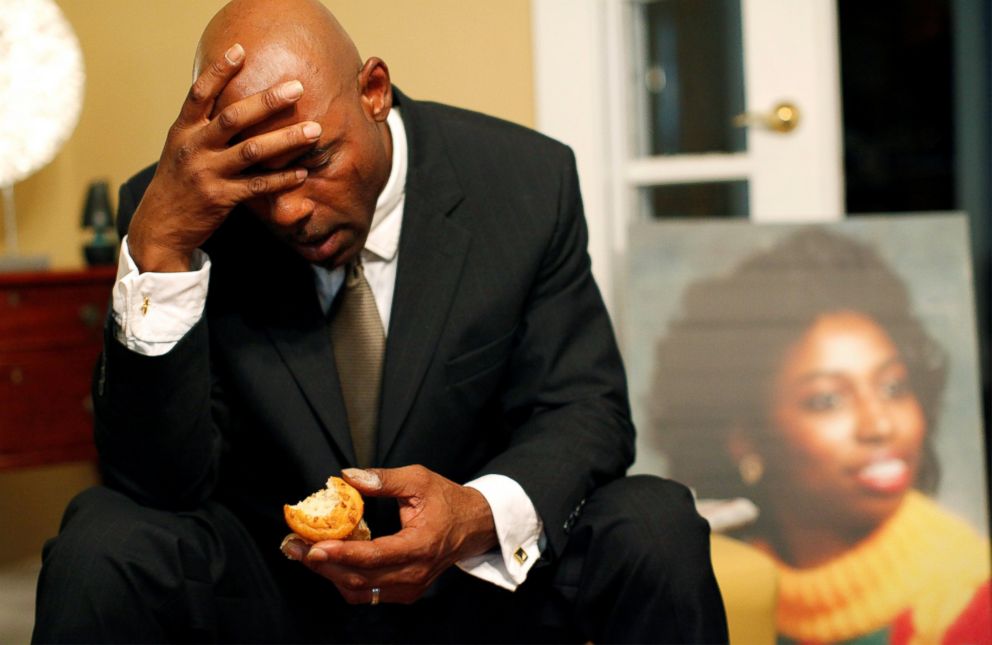Prosecutor: Accused Charleston Church Shooter Dylann Roof Stood Over Victims, Shooting Repeatedly
— -- Dylann Roof, the 22-year-old accused of killing nine people in a Charleston, South Carolina, church, stood over his victims, shooting them over and over again, the prosecution argued this morning at Roof's federal trial.
The victims — including the Rev. Clementa Pinckney, a church pastor and a member of the South Carolina Senate — ran for cover, said Assistant U.S. Attorney Jay Richardson, as each magazine was emptied and shell casings tumbled across the parish hall. Then Roof "reloaded ... standing over victims, and he kept shooting and shooting," Richardson said.
After the shooting ended, Richardson said, Roof “left behind a scene that nobody can fathom. He walked out calmly, looking both ways … Expecting law enforcement to respond to his horrid attack."
Richardson said today — as Roof appeared dressed in prison blues and whites in the packed courtroom — that the government will prove that Roof's "attack was cold and calculated" and was "racist retribution for perceived offenses against the white race."
Roof, who is white, is accused of fatally shooting nine black parishioners during a Bible study at the predominantly black Emanuel AME Church on June 17, 2015. Roof, who was 21 at the time, entered the Emanuel AME Church armed and "with the intent of killing African-Americans engaged in the exercise of their religious beliefs," according to the federal indictment against him. The parishioners welcomed Roof into their Bible study group, according to the indictment, after which Roof drew his pistol and opened fire.
A look back at the tragic Emanuel AME Church shooting
Photos from the tragic Emanuel AME Church shooting in 2015.Richardson argued that Roof prepared for the attack, stockpiling ammunition and conducting target practice. Richardson told the court Roof called the church four months before the attack and made frequent stops there to check it out. Roof "chose that church because of the impact it had, the manner in which it would resonate across the nation," Richardson said.
On that night, as the Bible study came to a close, the parishioners stood to pray, Richardson told the court. "It was at that time that defendant made clear what he had been planning for months," he said. "Instead of a Bible to study, the defendant chose to bring a .45-caliber pistol.
"Still seated in a chair that Rev. Pinckney had provided for him, he pulled the .45-caliber Glock and shot Rev. Pinckney,” Richardson said. People then ran for cover, but Roof reloaded and kept shooting, Richardson said.
"As the defendant continued with his assaults, Polly Sheppard could see his boots walking closer and closer to her," Richardson said. Roof allegedly told her he would keep "her alive to tell the story of what he had done," Richardson said.
Victim Tywanza Sanders interjected and stood up, even though he had already been shot, and allegedly told Roof that he didn't have to do this, Richardson said.
Roof allegedly responded, "Y'all are raping our white women. Y'all are taking over the world," and then shot Tywanza repeatedly, Richardson said.
Richardson said in his opening statement that Roof "wrote a manifesto that he wanted to be read around the world," that Roof "claimed white superiority ... His manifesto was a call to arms. A belief that it was not too late take this country back from black Americans."
After Roof was arrested, he wanted to continue to share his message and he confessed fully in an interview, Richardson said.
He said Roof's two-hour confession was recorded and will be played in court.
"He admitted that he almost didn't do it, that he almost walked out the door," Richardson said. "But in the end he decided, that he just had to do it."
In the video confession, Roof described pacing around the room, shooting victim after victim, Richardson told the court. "He also talked about a call to arms," Richardson said, and hoped that "this would lead to a race war ... that he could send a message to other white people to stand up and do something."
Richardson continued: "After months of planning ... he chose to execute nine of those innocent men and women. ... He pulled the trigger on that Glock 45 more than 70 times that night."
Warning that "this is going to be a long and difficult trial," Richardson said, "We're going to ask you to find the defendant guilty."
Richardson added: "His assault on a house of worship will not win in this courtroom."
In the defense's opening statements, attorney David Bruck told the court, "He did it. ... You're probably wondering, so what we are doing here? Why does there need to be a trial? ... The practical reason is that the government has asked for the death penalty after conviction, and because of that, we have a procedure to go through.
"... The question is not just did Dylan Roof commit this crime, but who is he? Where did this come from?" Bruck said.
"Our society does not order the death penalty if there are reasons to choose life," Bruck added. "You're going to want to understand who this person was and why on earth he would want to cause so much grief."
He continued: "Among the elements of the crime are racial hatred, in considering that issue, ask yourself where this extraordinary degree of racial feeling came from. ... How much sense does this crime make? Does it make any sense at all? And if not, what does that tell you?"
Bruck said the jury must "go deeper than the surface with this awful crime, and it won't be easy to do that. ...This is going to be hard. It's going to be unbearable at times. You are going to see things you don't ever want to see."
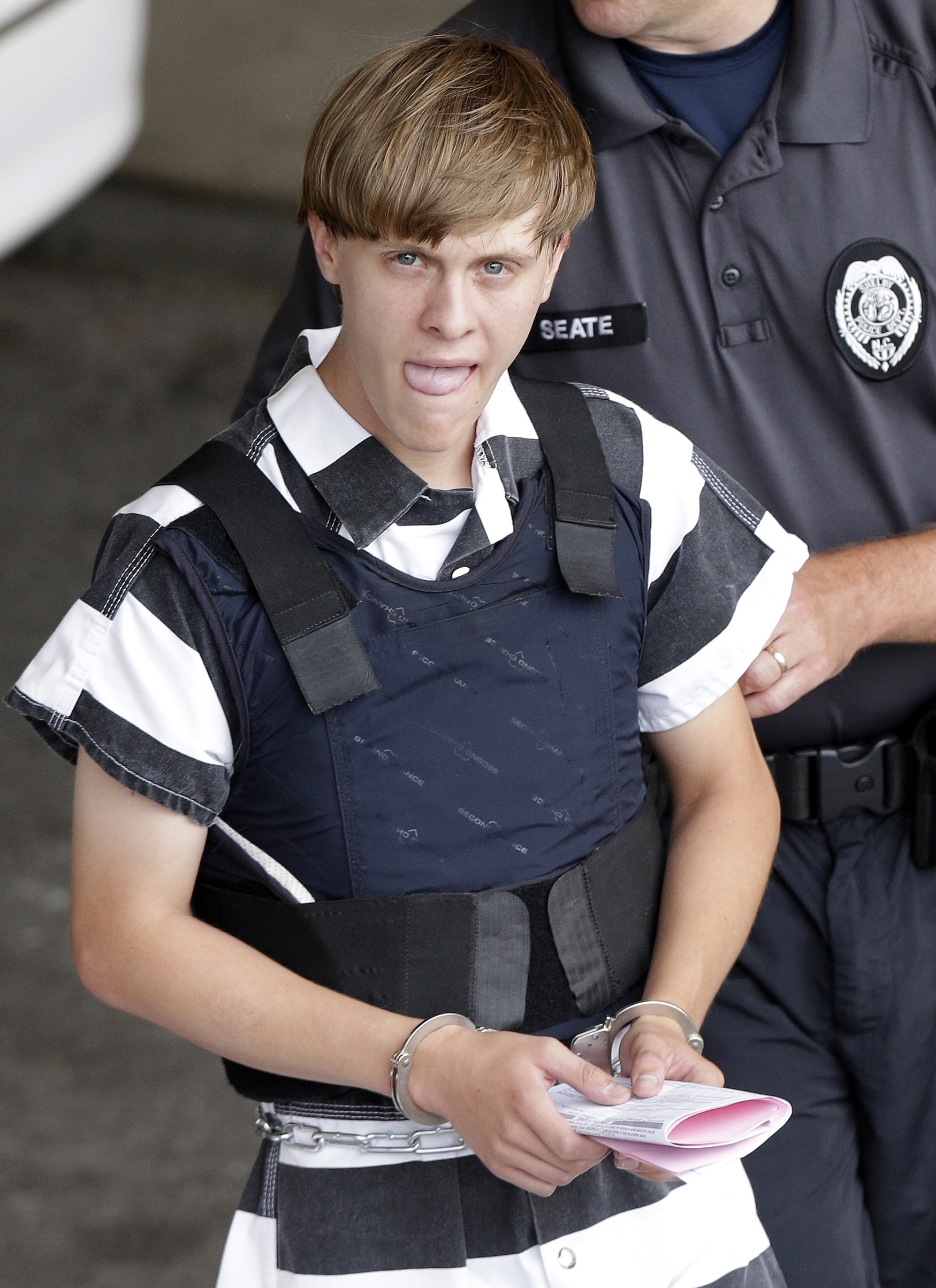
Tywanza Sanders' mother, shooting survivor Felicia Sanders, took the stand today after opening statements, telling the court that she saw her son get shot about five times.
A tearful Sanders then recalled watching her son die.
"We watched him take his last breath," she said. "I watched my son come into this world, and I watched my son leave this world."
Sgt. Justin Kniess of the Charleston police testified today as well, saying there were victims on the ground, shell casings on the ground and a child running and screaming at the scene.
Video from his body camera was played in court, in which the sounds of people crying for help inside can be heard. In the video, someone points to the door the gunman apparently left through.
The video shows someone from the church come in weeping; police take her out.
As the video was played in court, Roof looked down toward the desk.
According to the federal indictment, Roof hoped the attack would "increase racial tensions across the Nation" and bring "retribution for perceived wrongs he believed African-Americans had committed against white people."
According to the indictment, Roof maintained a website on which he posted "a manuscript and photographs expressing his racist beliefs." In the manuscript, he used racial slurs and decried integration, the indictment states. The photos include one of Roof holding a confederate flag, according to the indictment.
The 33 federal counts against him include hate crimes resulting in death and obstruction of exercise of religion resulting in death. If convicted, Roof faces the death penalty.
Roof has pleaded not guilty.
He also faces a state trial, set for early next year, in which he may also face the death penalty.

